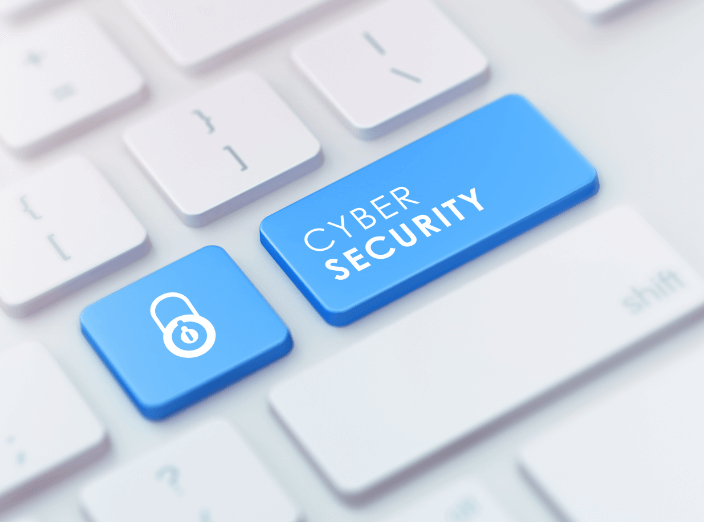It’s no secret that the pandemic has changed the world of work for good. While some small and medium-sized businesses enabled a small minority of employees to work from home before 2020, it’s now common for the entire workforce to work remotely. According to one piece of research, three-quarters of companies expect remote work to become standard.
A new way of working comes with new security considerations. When users are outside of the corporate network, it is much more challenging for companies to maintain visibility and control over sensitive data.
Moreover, while corporate networks tend to feature robust security measures, many home networks are not adequately protected. This makes them more vulnerable to hacking by cybercriminals.
Given that data breaches can have huge repercussions both financially and reputationally, it’s vital that organizations ensure their remote workers are secure from the most common cybersecurity threats.
Below, we’ll divulge our top tips for keeping your employees safe while working from home.
Implement a Cybersecurity Awareness Training Program
Some of the most common cyber-attack rely on human error. Hackers, for example, often send out phishing emails in the hope that a victim will accidentally click a malicious attachment.
You can help your employees to spot and report these scams through security awareness training. It’s vital to implement an ongoing training program, rather than treat security awareness as a one-off, tick-box exercise.
It is only through consistent training that you will see long-term behavior changes in your employees. Some things to consider including in your training program are:
- How to spot and report phishing attacks
- How to use public WiFi networks safely
- Safe internet browsing advice
- The common types of malware attacks
- Password hygiene tips (more on that below!)
Monitor Your Suppliers Too
Your employees aren’t the only remote working risk you need to consider. Suppliers that have access to your data and networks are also a threat vector. If one of these suppliers is breached, a hacker could use them as a foothold to get into your organization. From there, they could launch a malware attack or steal intellectual property.
To tackle this risk, it’s vital to put in place a strategy for managing and controlling supplier security risks. If you’d like assistance with this, speak to us. We can help you to implement and manage a robust third-party risk management strategy for cybersecurity.
Enforce Strong Email Security Processes
When working from home, your employees are likely to communicate a lot over email. It’s therefore paramount to ensure that you have robust email security processes in place to prevent phishing attacks, email spoofing, business email compromise and other threats.
There are many solutions that can be used to improve email security, including anti-malware protection, DMARC policies, spam filters and secure email gateways. It’s important to take a strategic approach to email security implementation.
It would be a waste of money to buy two solutions that do the same thing, so make sure that any solutions you purchase complement each other – rather than duplicate functions.
Implement Access Controls
With employees outside of the network perimeter, the risk of device compromise or loss is higher than before. If a hacker gets into one of your employees’ accounts through credentials compromise, they could potentially steal a wealth of sensitive data.
You can combat this risk through robust access controls. We advise using the principle of least privilege, where you ensure employees only have access to the data and resources they need to perform their roles. You should reinforce this with solutions like multi-factor authentication to ensure that only verified users login to corporate devices and networks.
Put in Place a Strategy for Cyber Hygiene
Cyber hygiene refers to a set of processes that should be performed regularly to ensure your company’s security systems and IT infrastructure are in good health. This can involve running system diagnostics to ensure everything is working as it should be, running penetration tests on a bi-annual basis and ensuring all patches are up to date.
For employee devices, we recommend putting in place software that auto-patches devices shortly after a patch is released. This takes the burden away from your employees, so they don’t have to constantly remember to implement patches manually.
Enforce Strong Password Requirements Across Devices and Accounts
Your employees should use strong, unique passwords for their devices and workplace accounts. Strong passwords contain a mixture of upper, lower and special characters along with numbers.
To help your employees remember various passwords, consider deploying a company-wide password manager like LastPass. This makes it easy for your employees to keep track of different passwords on their devices
Secure your remote workforce today!
We understand the various kinds of remote security threats and know how to protect your Ontario business against them. Our cyber security services will provide you with the peace of mind you require focusing on day-to-day business activities and taking your business to the next level.
Contact us today to learn about our cyber security managed services! Call 519-672-0900 or reach out online.


